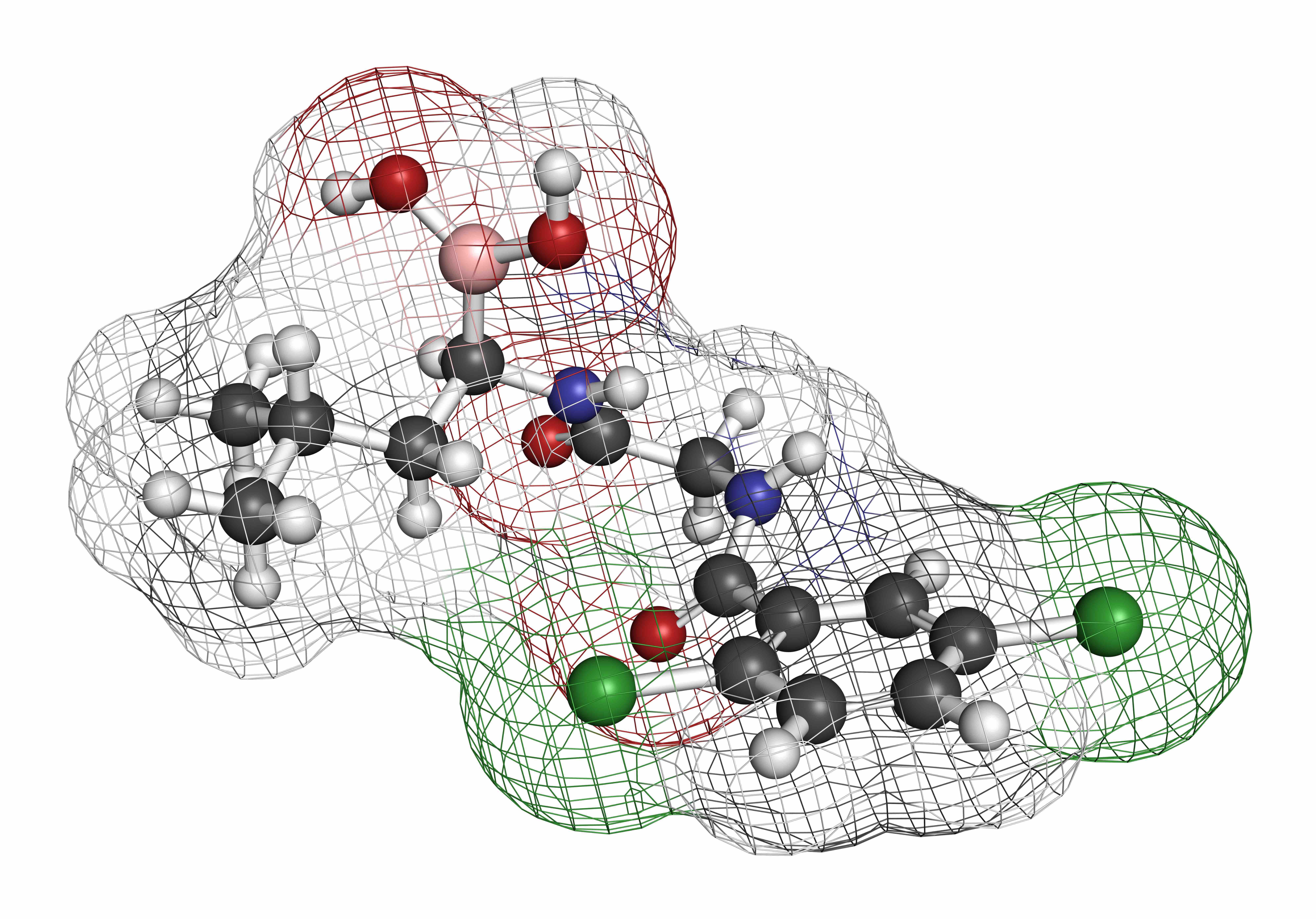- Center on Health Equity & Access
- Clinical
- Health Care Cost
- Health Care Delivery
- Insurance
- Policy
- Technology
- Value-Based Care
Ixazomib Shows Efficacy, Tolerability in Real-World R/R Multiple Myeloma Treatment
A study of patients with relapsed or refractory (R/R) multiple myeloma who received ixazomib-based therapy in real-world settings found the treatment effective and tolerable in clinical practice.
A study of patients with relapsed or refractory (R/R) multiple myeloma who received ixazomib-based therapy in real-world settings found the treatment effective and tolerable in clinical practice. The findings, published in Clinical Lymphoma, Myeloma & Leukemia, support the use of ixazomib (Ninlaro; Takeda Pharmaceuticals) for R/R multiple myeloma outside of the clinical trial setting.1
The retrospective Use Via Early Access to Ixazomib (UVEA-IXA) study aimed to determine the safety and efficacy of ixazomib-containing regimens in real-world settings among a sample of patients who received the therapy via an early access program (EAP) in Europe following its approval in the United States in 2015. The FDA approval of ixazomib was based on findings from the phase 3, double-blind, placebo-controlled TOURMALINE-MM1 trial.2
Ixazomib molecule | Image credit: molekuul.be - stock.adobe.com

“Due to the EAP, UVEA-IXA was part of the first wave of clinical experience with ixazomib for physicians and patients in Europe, and with results included from 8 countries across the continent, the study represents one of the largest available datasets documenting the clinical characteristics, real-world treatment patterns, and safety and effectiveness outcomes for patients receiving ixazomib-based therapy for R/R multiple myeloma,” the study authors wrote.
A total of 357 patients at 43 sites in 8 European countries were enrolled in the multicenter, observational, non-interventional study, 309 of whom were evaluable. Eligibility criteria for the EAP included a biochemical and/or symptomatic disease relapse after 1 to 3 prior lines of therapy, no anti-myeloma therapy received for more than 3 cycles at the start of ixazomib therapy, and an Eastern Cooperative Oncology Group (ECOG) performance score of 0 to 2. Patients who were refractory to lenalidomide or proteasome inhibitors (PIs) were excluded.
Primary endpoints in the study were best response and progression-free survival (PFS). Complete response (CR), very good partial response (VGPR), and the overall response rate (ORR) were determined based on European Society for Medical Oncology clinical practice guidelines.
Most of the patients included received ixazomib with lenalidomide (98%) and dexamethasone (97%). More than half (61%) had undergone 2 to 3 prior lines of therapy. The median (range) age at diagnosis was 64 (32-88) years, and the median length of observation was 25.5 (0.8-54.1) months. Of 240 patients with recorded data, 83% (n = 200) had an ECOG performance score of 0-1, and 12% (n = 26) of patients with available data had high-risk cytogenetics.
The median PFS was 15.6 months (95% CI, 12.0-20.6) in the overall cohort. In patients who had received 1 line of prior therapy before ixazomib-based therapy, the median PFS was 19.6 (95% CI, 12.1-27.0) months. In those who had undergone 2 or more lines of prior therapy, the median PFS was 13.9 (95% CI, 10.1-18.1) months. In patients who discontinued ixazomib (n = 171) and later received additional treatment, the median time to initiation of the next line of therapy was 21.4 (95% CI, 17.3-25.2) months.
Among all evaluable patients, the ORR was 60%. In those who had undergone 1 and 2 or more lines of prior therapy, the ORRs were 64% and 57%, respectively. The median overall survival was 35.5 (95% CI, 28.0-44.4) months in all patients, and 43.1 (95% CI, 31.2-not estimable) and 31.4 (95% CI, 21.5-47.5) months in patients who received 1 and 2 or more prior lines of therapy, respectively.
No new safety signals were noted in the study compared with clinical trials. Any-grade adverse events (AEs), grade 3 or higher AEs, and serious AEs occurred in 64% (n = 198), 37% (n = 114), and 33% (n = 103) of patients, respectively. Diarrhea (12%), thrombocytopenia (11%), peripheral neuropathy (6%), rash (5%), and vomiting (5%) were the most common AEs of any grade.
The study was limited due to potential information or recall bias for data collected retrospectively, and selection bias was present because only patients who met eligibility criteria could be enrolled, and site selection was not random, the authors noted.
“The outcome data from UVEA-IXA support ixazomib-based therapy as an effective and tolerable option for RRMM patients in everyday practice, with an ORR of 60%, median PFS of 15.6 months, and median OS of 35.5 months,” the authors concluded.
References
1. Ludwig H, Ramasamy K, Mateos M, et al. Use via early access to ixazomib (UVEA-IXA) study: effectiveness and safety of ixazomib-based therapy in relapsed/refractory multiple myeloma outside of the clinical trial setting. Clin Lymphoma Myeloma Leuk. Published online October 13, 2023. doi: 10.1016/j.clml.2023.10.003
2. U.S. FDA approves Takeda's NINLARO (ixazomib), the first and only oral proteasome inhibitor to treat multiple myeloma. News release. Takeda Pharmaceuticals. November 15, 2021. Accessed October 27, 2023. https://www.takeda.com/newsroom/newsreleases/2015/u.s.-fda-approves-takedas-ninlaro-ixazomib-the-first-and-only-oral-proteasome-inhibitor-to-treat-multiple-myeloma
